Home>Gardening & Outdoor>Plant Care & Gardening Tips>When To Plant Wildflower Seeds In The Fall
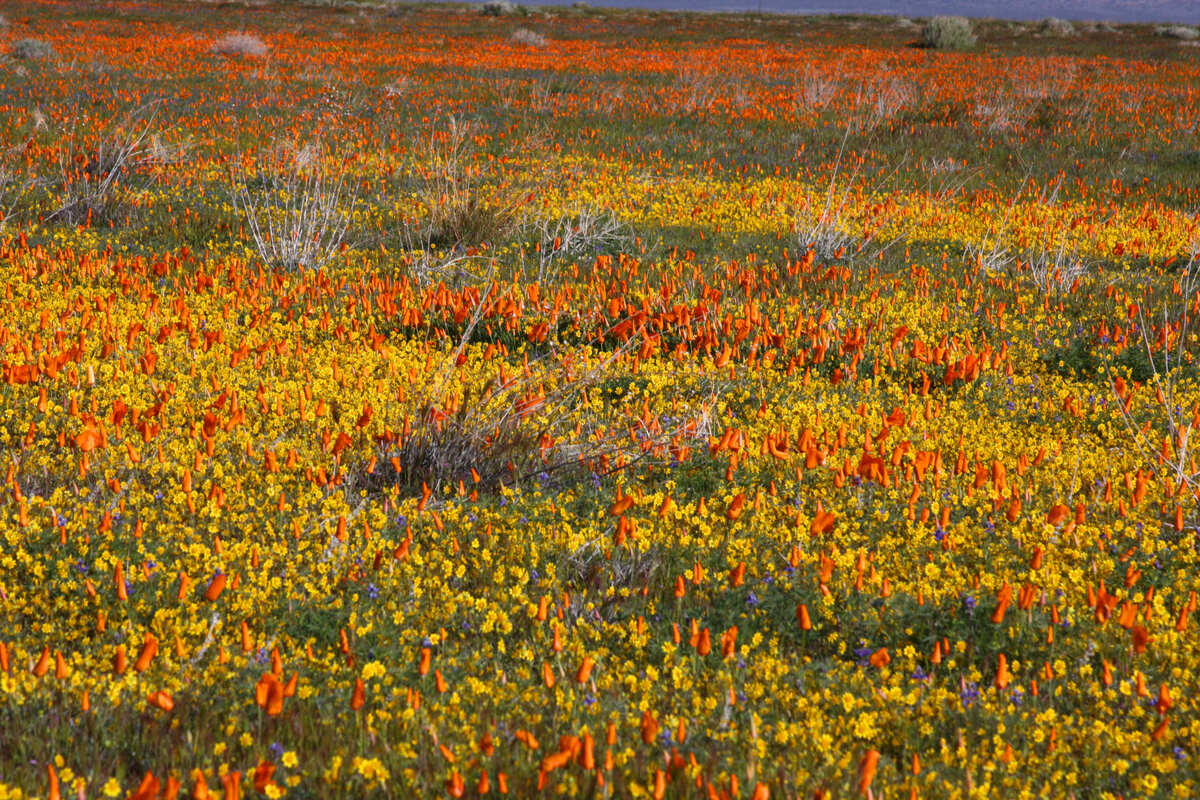

Plant Care & Gardening Tips
When To Plant Wildflower Seeds In The Fall
Modified: January 3, 2024
Discover the best time to plant wildflower seeds in the fall with expert plant care and gardening tips. Ensure a beautiful, vibrant garden with our helpful advice.
(Many of the links in this article redirect to a specific reviewed product. Your purchase of these products through affiliate links helps to generate commission for Storables.com, at no extra cost. Learn more)
Introduction
Read more: When Should I Plant Wildflower Seeds
The Beauty of Fall Wildflower Planting
Ah, the vibrant hues of autumn, when nature paints the landscape with a rich tapestry of colors. It's a time when the air turns crisp, and the earth prepares for its winter slumber. While many associate spring with planting, fall also offers a prime opportunity to sow the seeds of beauty that will bloom in the seasons to come. In this article, we'll explore the art of planting wildflower seeds in the fall, uncovering the benefits, considerations, and best practices for this rewarding endeavor.
As the days grow shorter and the temperatures mellow, the fall season sets the stage for a mesmerizing display of wildflowers. From cheerful daisies to majestic sunflowers, the array of wildflower species holds the promise of transforming any outdoor space into a captivating oasis. Whether you're a seasoned gardener or a novice enthusiast, the allure of fall wildflower planting is undeniable.
Join us on this horticultural journey as we delve into the intricacies of planting wildflower seeds in the fall. Discover the optimal timing, the factors to ponder before embarking on this venture, and the best practices to ensure a bountiful and breathtaking wildflower display. Embrace the enchanting world of fall wildflower planting, where nature's artistry converges with your green-fingered endeavors.
Key Takeaways:
- Fall wildflower planting offers benefits like established root growth, reduced competition with weeds, and early blooms, creating a vibrant and low-maintenance garden oasis.
- Before planting wildflower seeds in the fall, consider factors like climate, soil preparation, seed selection, and watering to ensure a successful and visually captivating display.
Benefits of Planting Wildflower Seeds in the Fall
Nurturing Nature’s Canvas
Planting wildflower seeds in the fall offers a plethora of benefits, both for the environment and the avid gardener. Here are some compelling reasons to embrace this seasonal sowing:
- Established Root Growth: Fall planting allows wildflower seeds to establish their root systems before the harsh winter sets in. This early start provides the seeds with ample time to acclimate to the soil and develop strong, resilient roots, ensuring robust growth in the following spring.
- Natural Stratification: The cold, moist conditions of winter naturally stratify wildflower seeds, breaking down their hard outer shells and priming them for germination. This process mimics the seeds’ natural lifecycle in the wild, leading to higher germination rates and healthier seedlings.
- Reduced Competition: By planting in the fall, wildflower seeds gain a competitive edge over invasive weeds. With minimal weed pressure during the cooler months, the seeds can germinate and thrive without the threat of aggressive weed encroachment, fostering a more favorable environment for their growth.
- Resource Conservation: Fall-planted wildflowers require less water and maintenance compared to spring-planted counterparts. As the seeds lie dormant during winter, they utilize natural precipitation and soil moisture, reducing the need for extensive watering and upkeep, thus conserving valuable resources.
- Early Blooms: Fall-planted wildflowers often yield earlier blooms in the ensuing spring, presenting a vibrant tapestry of colors that invigorate the landscape. This early burst of floral splendor not only delights the senses but also provides essential nectar and pollen for early-emerging pollinators.
- Enhanced Ecosystem Support: By sowing a diverse array of wildflowers in the fall, gardeners contribute to the preservation of local ecosystems. These floral havens attract and sustain a myriad of beneficial insects, including pollinators and pest predators, fostering a balanced and thriving ecosystem.
Embracing the art of fall wildflower planting not only embellishes the surroundings with natural beauty but also nurtures the intricate web of life that relies on these floral treasures. From ecological advantages to the joys of witnessing nature’s resplendent display, the benefits of fall wildflower planting are as diverse as the blooms it yields.
Factors to Consider Before Planting Wildflower Seeds in the Fall
Read more: When To Plant Grass In Fall
Setting the Stage for Success
Before embarking on a fall wildflower planting endeavor, several crucial factors warrant careful consideration. By pondering these elements, gardeners can set the stage for a flourishing and resilient wildflower display. Here are the key factors to contemplate:
- Climate and Hardiness Zone: Understanding the local climate and hardiness zone is paramount when selecting wildflower species for fall planting. Different wildflowers thrive in specific temperature ranges and soil conditions, so it’s essential to choose varieties that are well-suited to the region’s climate and growing season.
- Soil Preparation: Preparing the soil before sowing wildflower seeds is vital for their successful establishment. Conduct a soil test to assess its pH, nutrient levels, and drainage characteristics. Amend the soil as needed, ensuring it provides an optimal foundation for the seeds to germinate and thrive.
- Seed Selection: Carefully selecting high-quality wildflower seeds suited to fall planting is crucial for a successful outcome. Opt for native or adapted species that align with the site’s conditions and the desired aesthetic. Consider factors such as bloom time, height, and color to curate a diverse and visually captivating wildflower display.
- Planting Timing: Timing is key when sowing wildflower seeds in the fall. Aim to plant the seeds several weeks before the first hard frost, allowing them to establish roots before winter dormancy. Consult local gardening resources or cooperative extension offices for specific planting windows tailored to the region.
- Weed Control: Mitigating weed competition is essential for the successful germination and growth of fall-planted wildflower seeds. Clear the planting area of existing weeds and implement weed control measures to minimize competition and provide the seeds with an advantageous start.
- Watering Considerations: While fall-planted wildflower seeds benefit from natural precipitation and cooler temperatures, supplemental watering may be necessary, especially during dry spells. Strike a balance to provide adequate moisture without saturating the soil, promoting healthy seedling development.
- Wildflower Maintenance: Anticipate the maintenance requirements of the selected wildflower species. Some varieties may necessitate specific care routines, such as deadheading spent blooms or thinning overcrowded seedlings. Understanding the maintenance nuances of the chosen wildflowers is vital for fostering their long-term vitality.
By carefully assessing these factors and tailoring the approach to align with the unique characteristics of the planting site, gardeners can pave the way for a successful and visually captivating fall wildflower spectacle. With thoughtful planning and attention to detail, the stage is set for nature’s artistry to unfold in all its splendor.
Best Practices for Planting Wildflower Seeds in the Fall
Cultivating Nature’s Tapestry
As the fall season beckons, it’s time to embrace the best practices for planting wildflower seeds, ensuring a seamless and rewarding sowing experience. By adhering to these guidelines, gardeners can foster the optimal conditions for robust seedling growth and a resplendent wildflower display in the seasons ahead. Here are the essential best practices for fall wildflower planting:
- Site Selection: Choose a well-drained planting site with ample sunlight, as most wildflowers thrive in sunny locales. Ensure the site’s soil characteristics align with the selected wildflower species’ preferences, providing an ideal foundation for their growth.
- Soil Preparation: Prepare the planting area by clearing debris, weeds, and rocks. Loosen the soil to a depth of several inches, breaking up clumps and creating a loose, friable seedbed. Incorporate organic matter or compost to enhance soil fertility and structure, promoting favorable conditions for seed germination.
- Seed Distribution: Evenly distribute the wildflower seeds across the prepared seedbed. Consider mixing the seeds with a carrier substance, such as sand, to facilitate uniform distribution and prevent overcrowding. Lightly rake the seeds into the soil at the recommended depth, ensuring good seed-to-soil contact for optimal germination.
- Watering Technique: After sowing the wildflower seeds, gently water the planting area to settle the soil and initiate the germination process. Employ a fine mist or gentle watering method to prevent seed displacement and ensure uniform moisture distribution. Monitor the soil moisture levels in the ensuing weeks, providing supplemental watering as needed to support seedling emergence.
- Mulching Strategy: Consider applying a thin layer of mulch over the seeded area to conserve soil moisture and protect the emerging seedlings. Opt for organic mulch materials, such as straw or shredded leaves, to provide insulation and promote a conducive microclimate for seedling establishment.
- Seasonal Monitoring: Regularly monitor the planted area throughout the fall and early winter, observing the emergence of seedlings and assessing their progress. Keep an eye out for potential weed encroachment and address any emerging issues promptly to safeguard the developing wildflowers.
- Long-Term Care: As the fall transitions into winter, continue to monitor the wildflower planting site, ensuring the soil remains adequately moist and the seedlings receive the necessary care. Prepare for the upcoming spring by devising a maintenance plan tailored to the specific wildflower species’ requirements.
By integrating these best practices into the fall wildflower planting process, gardeners can cultivate an environment conducive to the successful germination and growth of diverse wildflower species. With meticulous attention to detail and a nurturing touch, the stage is set for nature’s tapestry to unfurl in all its splendor, enriching the landscape with a kaleidoscope of hues and natural allure.
Conclusion
Read more: When To Seed Wildflowers
A Tapestry of Fall Beauty
As we bid farewell to the warmth of summer and embrace the golden embrace of fall, the art of planting wildflower seeds in the autumn unfurls a captivating narrative of natural splendor. From the myriad benefits of fall sowing to the meticulous considerations and best practices that underpin this horticultural endeavor, the journey of fall wildflower planting is a testament to the harmonious synergy between human hands and nature’s boundless artistry.
The decision to plant wildflower seeds in the fall transcends mere gardening; it embodies a commitment to nurturing the earth and fostering a vibrant ecosystem that sustains and inspires. By sowing the seeds of diversity, resilience, and beauty, gardeners become stewards of a living tapestry that enriches the environment and uplifts the human spirit.
As the fall season unfolds its rich palette of colors, each wildflower seed sown becomes a brushstroke in nature’s masterpiece, weaving together a mosaic of blooms that will grace the landscape in the seasons to come. The early tendrils of fall plantings burgeon into a symphony of floral hues, attracting pollinators, delighting the senses, and kindling a profound connection to the rhythms of the natural world.
So, whether you’re tending to a small garden plot, a sprawling meadow, or a picturesque landscape, the act of planting wildflower seeds in the fall is an invitation to co-create with nature, to nurture diversity, and to celebrate the enduring beauty of the changing seasons. It’s a testament to the timeless cycle of growth, dormancy, and renewal—a testament to the enduring allure of wildflowers that dance with the wind and bask in the gentle caress of autumn’s embrace.
As we partake in the art of fall wildflower planting, let us revel in the profound significance of this endeavor. Let us embrace the beauty of the fleeting moments and the promise they hold. Let us sow the seeds of hope, beauty, and resilience, knowing that each seed planted is a testament to our reverence for nature’s enduring grace.
With each wildflower seed carefully nestled in the earth, we embark on a journey of shared growth, where our hands become extensions of nature’s nurturing touch, and our hearts resonate with the timeless rhythm of the seasons. Together, let us revel in the artistry of fall wildflower planting, knowing that we are custodians of a legacy that transcends the ephemeral, enriching the world with the enduring legacy of nature’s bountiful beauty.
Frequently Asked Questions about When To Plant Wildflower Seeds In The Fall
Was this page helpful?
At Storables.com, we guarantee accurate and reliable information. Our content, validated by Expert Board Contributors, is crafted following stringent Editorial Policies. We're committed to providing you with well-researched, expert-backed insights for all your informational needs.
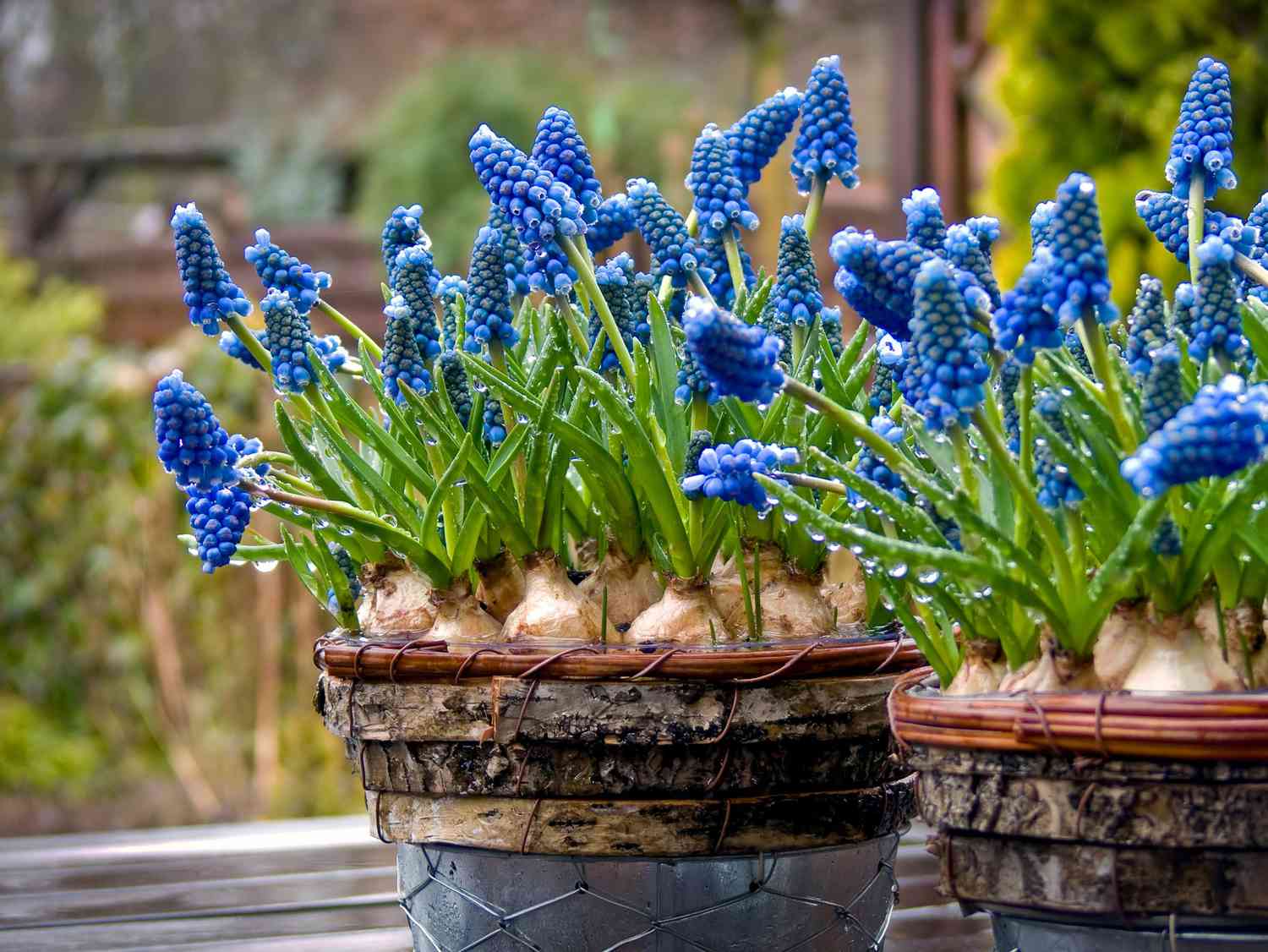
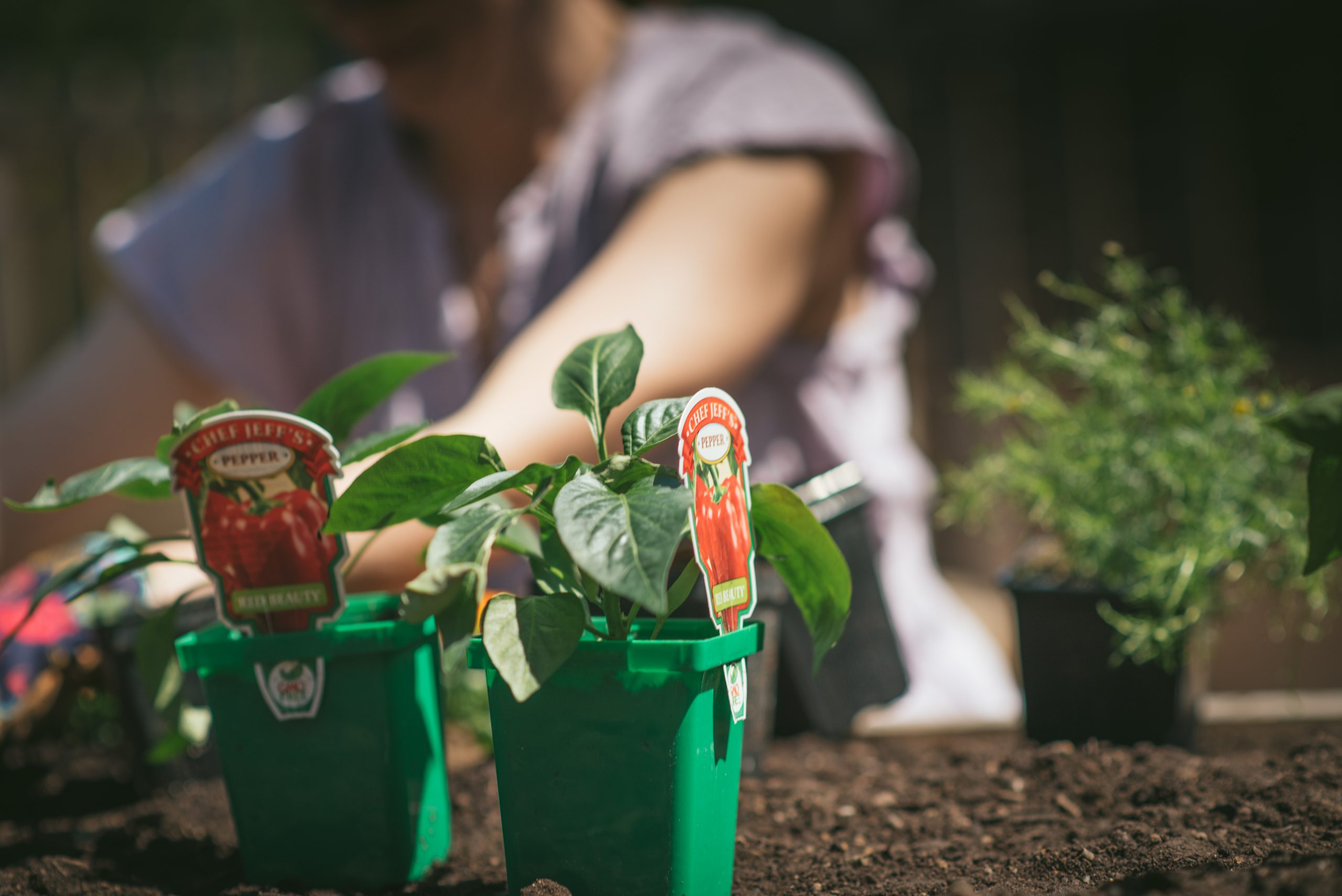
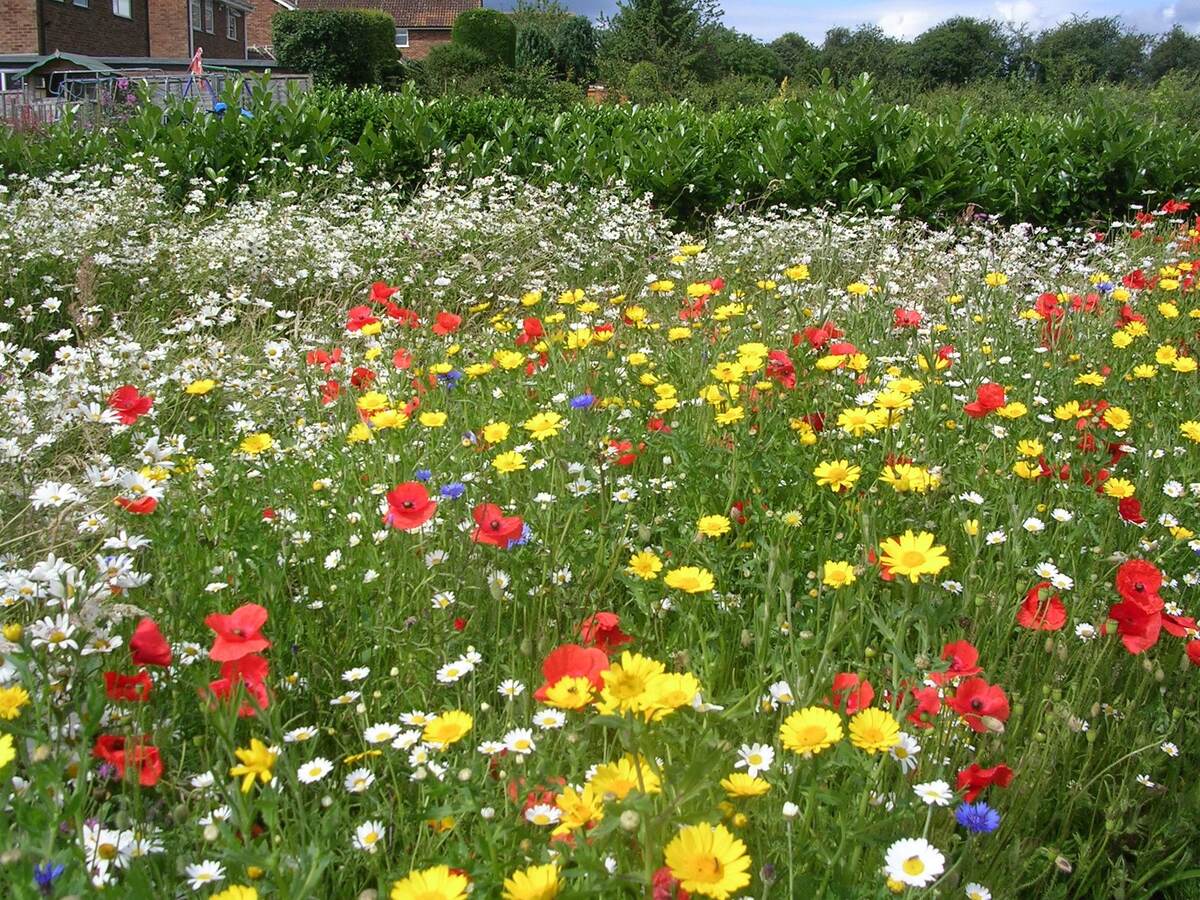
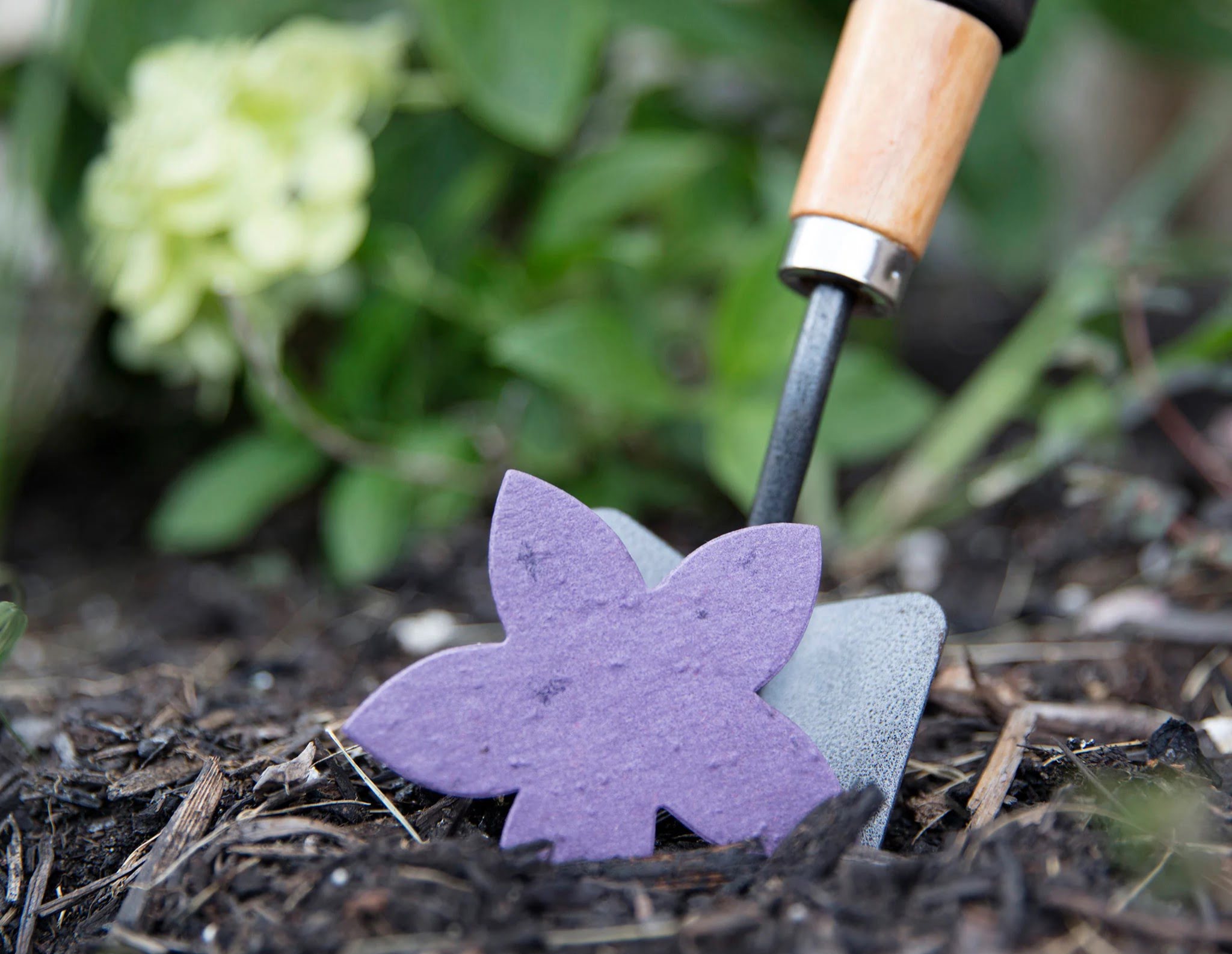
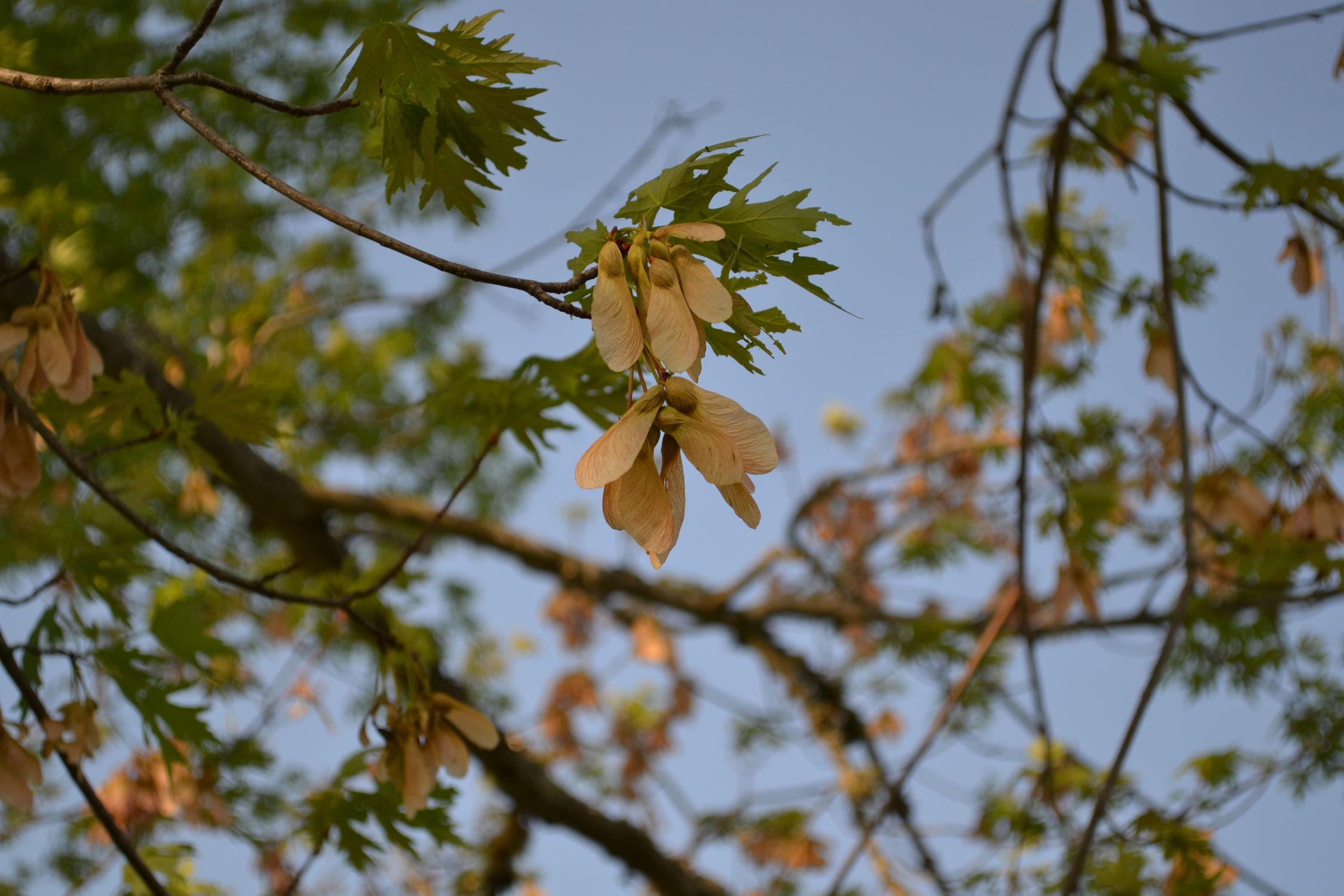
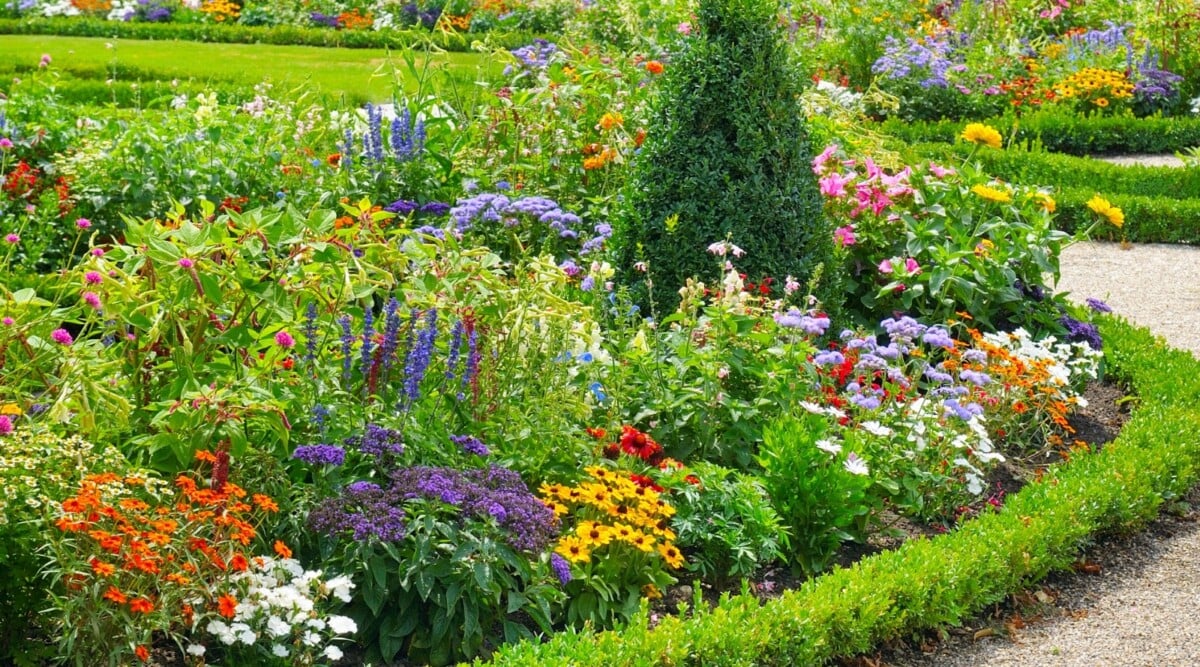
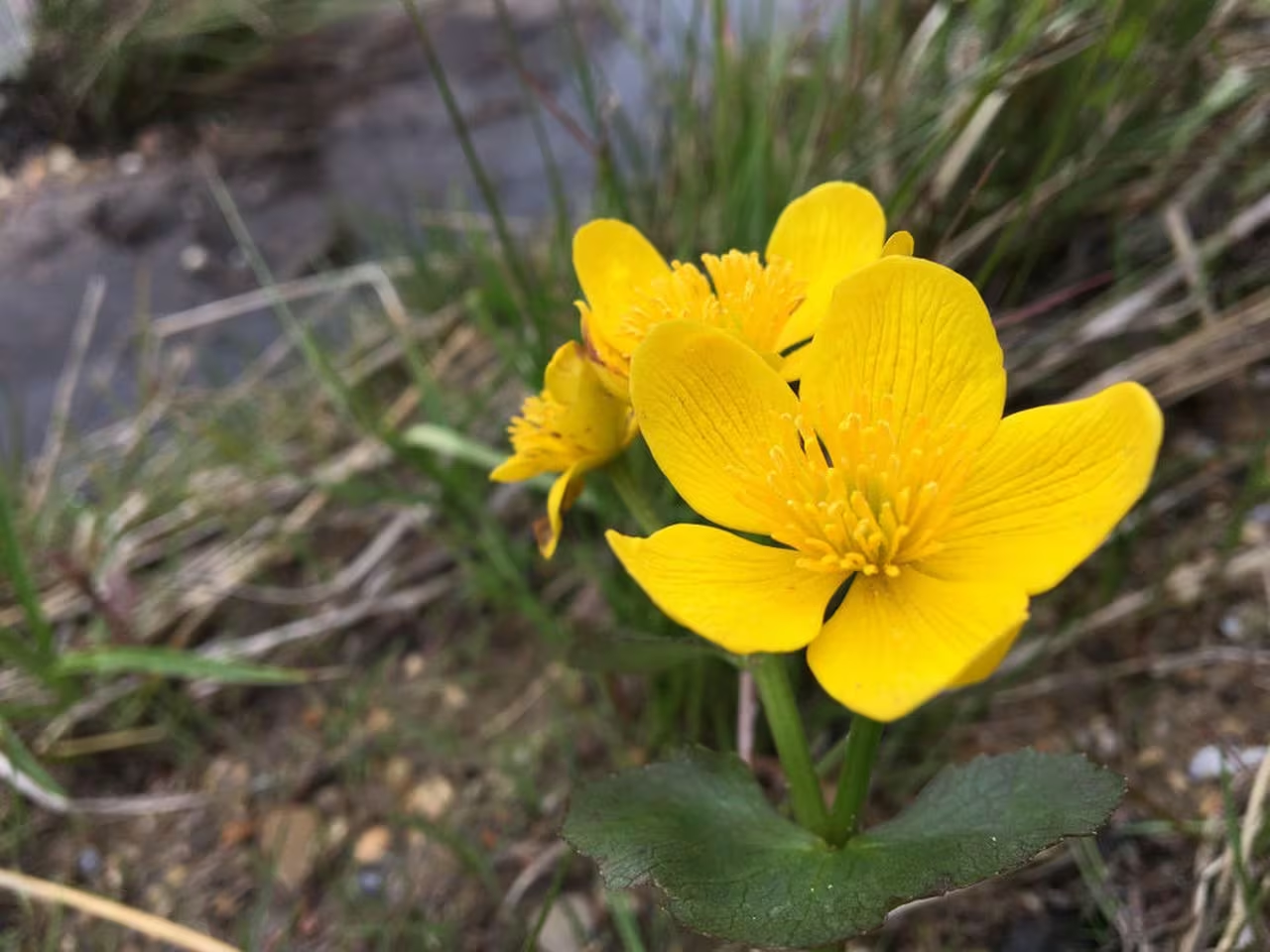
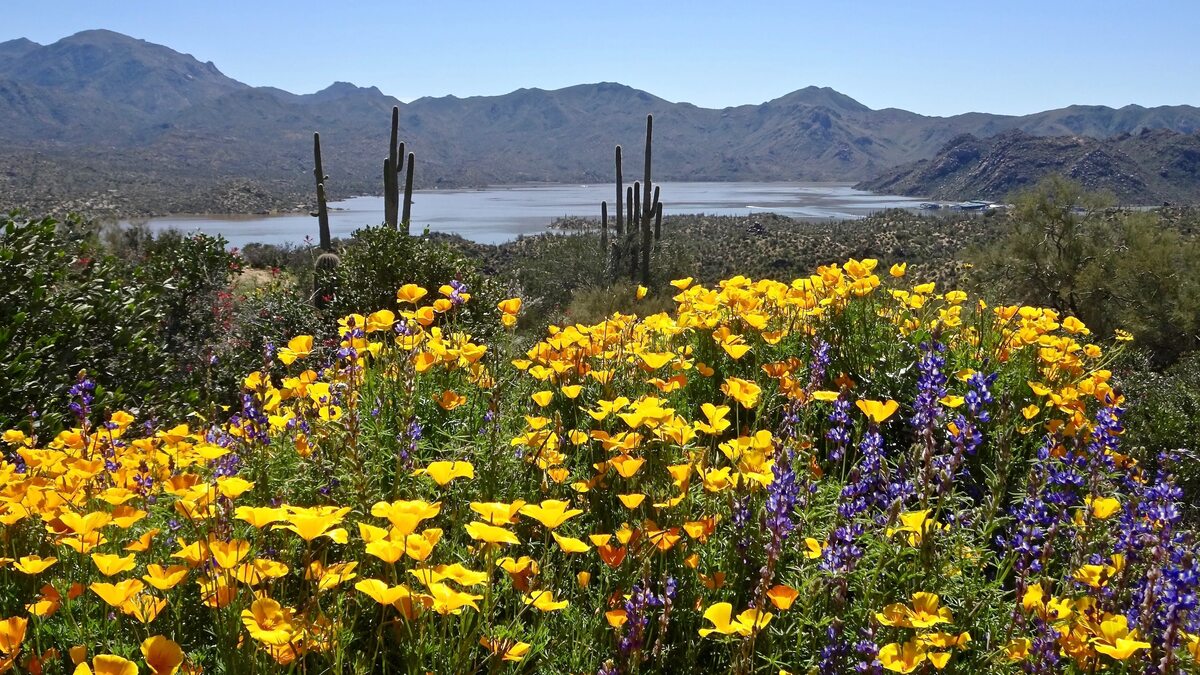
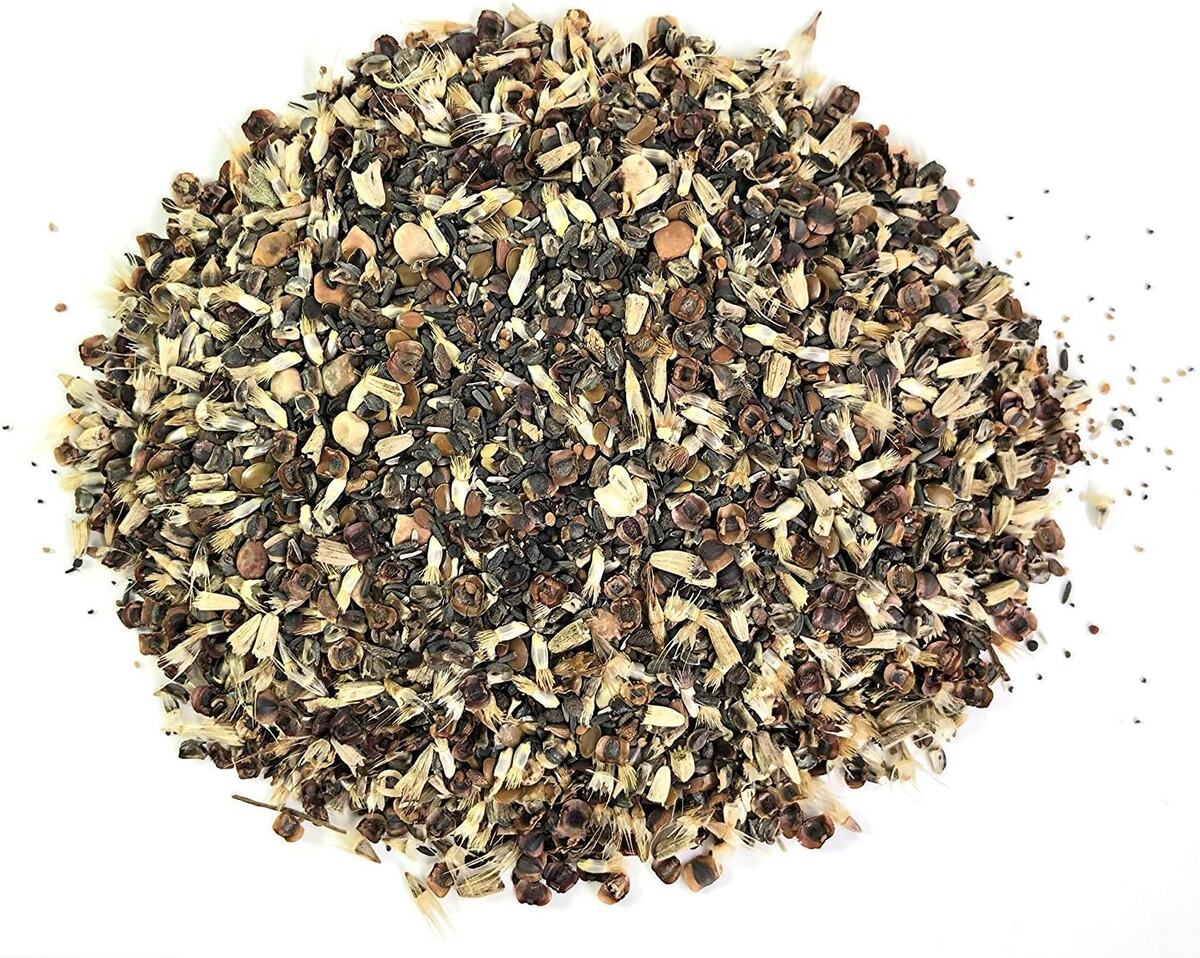
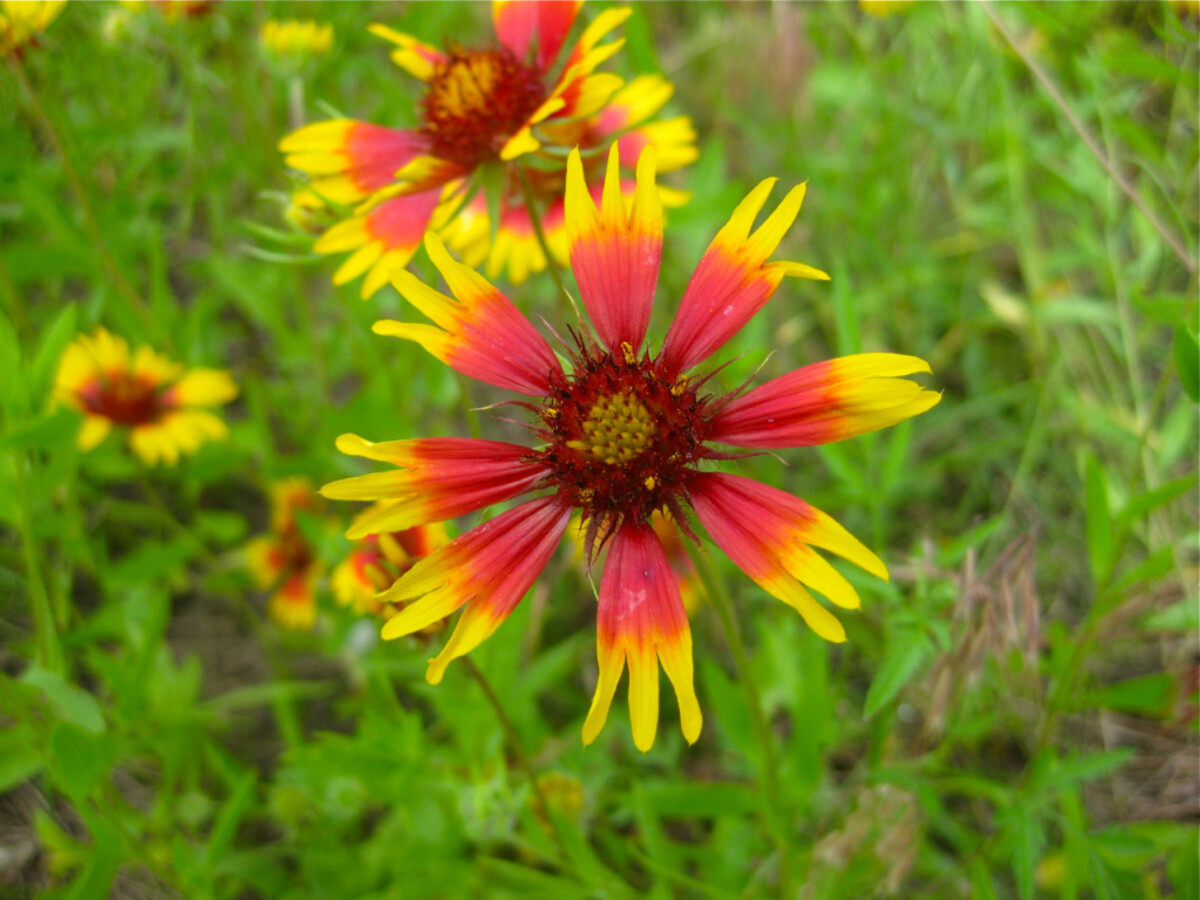

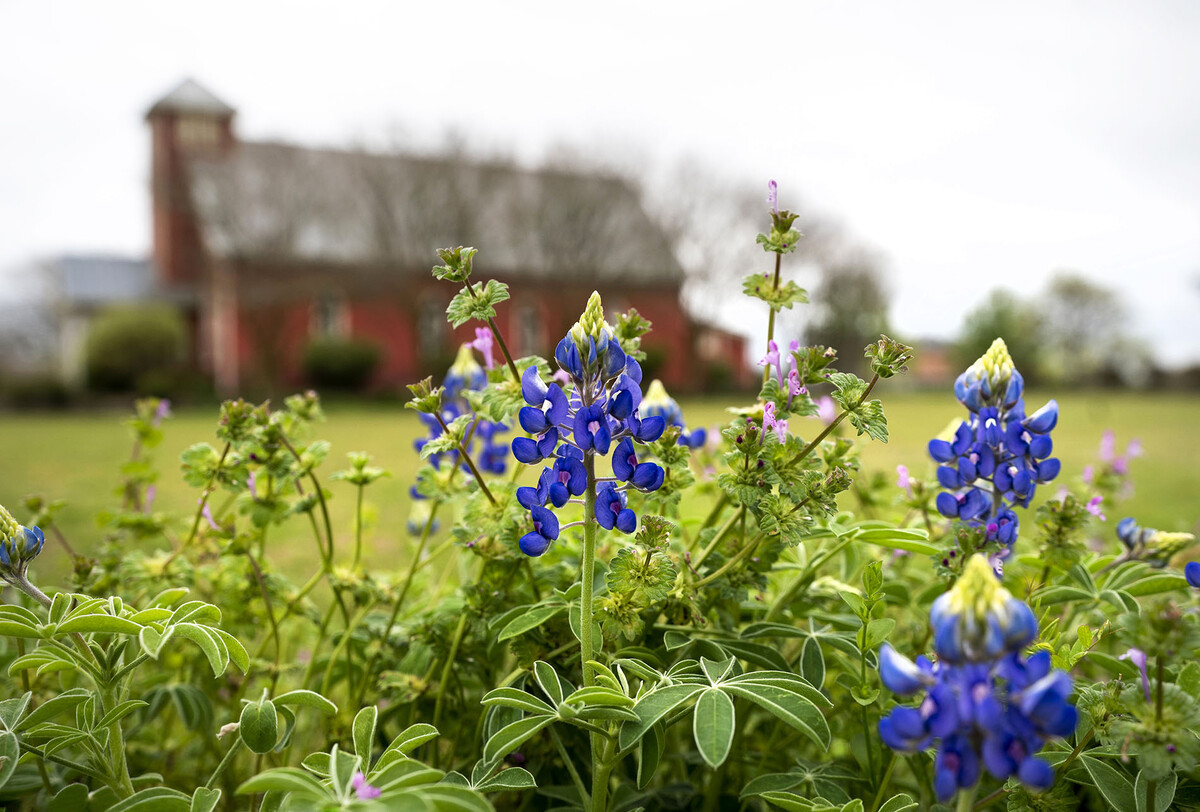
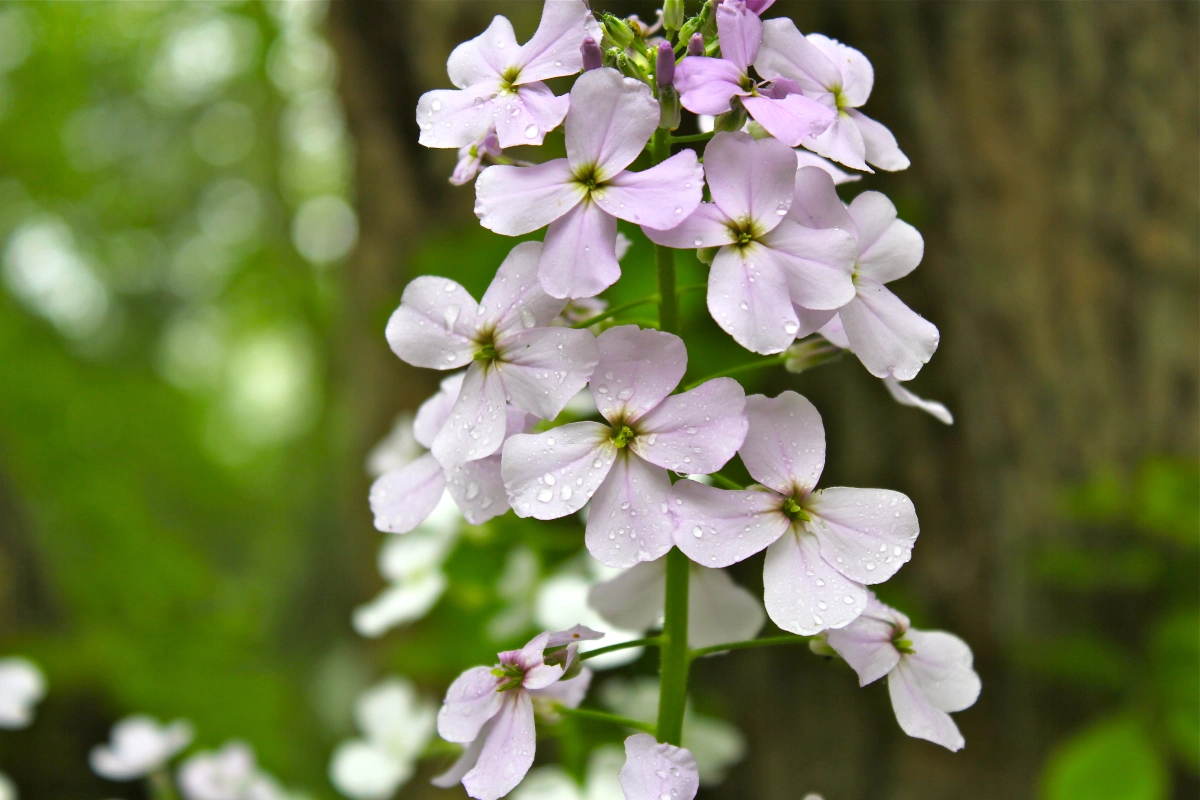

0 thoughts on “When To Plant Wildflower Seeds In The Fall”